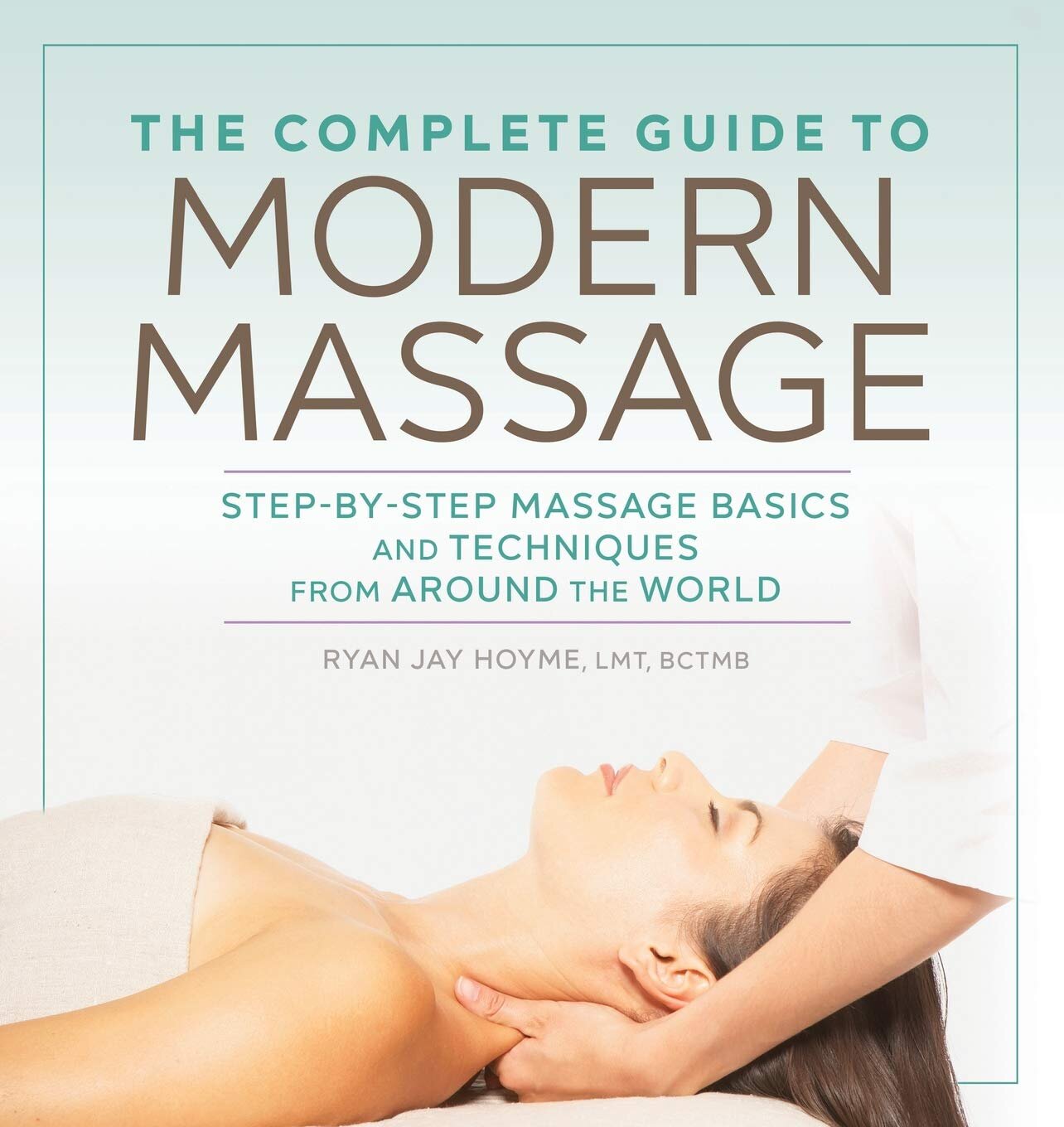
Massage
Explore Massage
WHAT IS MASSAGE?
Massage is the pressing, rubbing and manipulating of your skin, muscles, tendons and ligaments ranging in intensity from light stroking to deep pressure. Massage techniques are typically applied with hands, fingers, elbows, knees, forearms, feet, or a device. Practitioners are treated while lying on a massage table, sitting in a massage chair, or lying on a mat on the floor.
A person trained to give massages is known as a masseur (male) or a masseuse (female) in European countries. In the United States, these individuals are referred to as massage therapists because they must be certified and licensed as "Licensed Massage Therapists".
The purpose of massage is for the treatment of body stress or pain. There are many massage types, including, Swedish, deep tissue, sports massage, Thai massage, and medical massage. Massage is more than receiving a relaxing backrub. Each style of massage offers distinct healing properties, and connects with spiritual principles that extend beyond muscle tension alone.
WHERE DID MASSAGE ORIGINATE?
Massage is a well-established practice with archaeological evidence of massage found to be used in many ancient civilizations including China, India, Japan, Korea, Egypt, Rome, Greece, and Mesopotamia.
Massage rapidly developed in parallel to the growth of athletics in both Ancient China and Ancient Greece. Taoist priests developed massage in concert with Kung Fu gymnastic movements, while Ancient Greek Olympians used a specific type of trainer ("aleiptes") who would rub their muscles with oil. Pehr Ling's introduction to massage came about directly as a result of his study of gymnastic movements.
Massage became popular in the United States in the middle part of the 19th century and was introduced by two New York physicians, George and Charles Taylor, based on Henri Pehr Ling's techniques developed in Sweden. In the 1970s the practice’s grew rapidly with a notable increase among high-performance athletes and the rise of consumer training at retail and home-based gyms. In 2015, research estimated that massage therapy was a $12.1 billion industry. All but 6 States require massage therapists to be licensed, and licensure requires the applicant to receive training at an accredited school, and to pass a comprehensive exam. States that require licensure also require continuing education in massage techniques and ethics.
HOW TO PRACTICE MASSAGE
There are several types of massage, each with different physical and spiritual objectives and technigues. Here are are few of the most popular modalities:
Reiki - a Japanese form of touch therapy that channels healing energy through the “laying on of hands”, usually beginning at the head and traveling down through the body's seven "chakras," or energy centers. The "ki" in "Reiki" is the familiar "chi" energy that is at the center of so many healing practices.
Shiatsu - a Japanese acupressure massage technique, where the practitioner applies gentle pressure to a series of points on the body to stimulate healing and relaxation, and to correct any imbalances. Some people describe Shiatsu as acupuncture without needles. The pressure points used in Shiatsu correspond to the body's twelve meridians, a concept that originates in ancient Chinese medicine.
Swedish Massage - developed in the early 19th century by Swedish physiologist Henri Peter Ling, Swedish massage can be gentle or intense, depending on the masseuse's style and the client's tolerance. In a Swedish massage, the masseuse might rub oil onto your body with long, gliding strokes, a kneading motion, vibration, or tapping in order to urge muscles to purge lactic acid, improve circulation, and foster a general sense of relaxation.
Deep Tissue Massage - similar to Swedish massage with its goal is to coax muscles into relaxing and letting go of tension. Deep Tissue massage however is often quite intense, sometimes even painful, and it is most often employed to treat specific areas of chronic pain and tension, like the neck, shoulders, and lower back.
Hot Stone Massage - basalt stones are heated to 120-150 degrees in hot water, and then rubbed over your body using Swedish massage techniques. After the active part of the massage, the stones are often placed along your spine and between your toes, allowing you to relax while the heat penetrates your muscles and promotes the flow of energy through your body.
Aromatherapy Massage - the combination of two holistic healing techniques-massage plus the therapeutic use of scented oils. During an aromatherapy massage, the practitioner will ask what kind of feelings you want to evoke - relaxation, energy, cleansing--and will choose essential oils that are believed to stimulate those feelings. The essential oils are combined with a neutral "carrier oil" and are rubbed onto the body using one of many massage techniques.
Thai Massage - the practitioner generally uses both the hands and feet to apply gentle pressure as you lie on a floor mat, using pressure points that are similar to Shiatsu acupressure. In addition to the acupressure, the practitioner adjusts your body into a series of stretches that are believed to balance the body's energy flow, relieve joint and muscle tension, and stimulate the internal organs for good health. Thai massage originated in India, where it was part of the ancient healing philosophy known as Ayurveda.
Reflexology -the hands and feet are massaged since they contain points of connection with every muscle group and organ in the body. By applying massage and pressure to those points, reflexologists can offer whole-body treatments while working only on the hands and feet. Reflexology is believed to align energy flow and increase the body's natural ability to heal itself.
Watsu - a Shiatsu massage that's performed in a pool of water. Drawing on the principles of the body's meridians, energy centers, and "chi" energy flow, Watsu offers a weightless experience where the practitioner can support, stretch, and massage the body as you relax in the womb-like environment of warm water.
WHY PRACTICE MASSAGE?
Massage is considered part of integrative medicine and has a variety of benefits. It is increasingly provided in parallel to standard treatment for a wide range of medical conditions and situations. Specific massage benefits include:
Reduced stress and increased relaxation
Reduced pain, muscle soreness and tension
Improved circulation, energy and alertness
Lowered heart rate and blood pressure
Improved immune function
While more research is needed to confirm the medical benefits of massage, some studies have found massage may also be helpful for:
Anxiety
Digestive disorders
Fibromyalgia
Headaches
Insomnia related to stress
Low back pain
Myofascial pain syndrome
Nerve pain
Soft tissue strains or injuries
Sports injuries
Temporomandibular joint pain
Upper back and neck pain
Beyond the benefits for specific conditions or diseases, people enjoy massage based on the feelings of caring, comfort and connection it produces.
Massage Resources
Massage Videos
Massage Books
Ryan Jay Hoyme | Massage is a natural method to relieve pain and reduce stress―and anyone can learn how to do it. The Complete Guide to Modern Massage offers an updated reference to learn popular techniques and feel the physical and emotional benefits of massage. From classic styles such as Swedish or Shiatsu to new favorites like Ayurvedic and Thai, this massage guide offers illustrated, step-by-step instruction to master techniques from around the world.
Susan Mumford | From Chinese massage to Shiatsu to Indian head massage, this lavishly illustrated “bible” presents all the techniques needed to master the basics. Every spread features large and easy-to-follow photos, while the text guides beginners on what pressure to exert, what part of the hand makes contact with the body, and exactly what to do—whether they’re feathering the back, working on the neck and scalp, or performing a sequence on the arms and hands. In addition to holistic and sports massages, there are suggestions for special situations (including massaging a baby); advice on massages to relieve common ailments; and lifestyle tips.
Lucinda Lidell | The Book of Massage is the classic guide to the relaxing and healing skills of the hands. Featuring both Eastern and Western methods, it presents step-by-step, beautifully illustrated instructions on everything from traditional massage to shiatsu and reflexology. The Book of Massage offers easy-to-follow techniques for giving the perfect massage, including advice on creating the right setting and suggestions for using aromatic oils and lotions.
Mark F. Beck | Theory & Practice of Therapeutic Massage comprehensively provides the foundation of knowledge required to become a massage professional. It delves into several areas within the profession, with chapters devoted to spa massage, lymph massage, clinical massage techniques, therapeutic procedure, athletic massage, massage in medicine, and more.
Massage Classes & Learning
Online Massage Courses | Udemy
While massage therapy has direct benefits when it comes to relieving muscle tension, massages are also shown to help with anxiety, digestive disorders, and other health conditions. Becoming a licensed massage therapist lets you help people relax and heal.
As the largest nonprofit massage therapy association, the American Massage Therapy Association (AMTA) is the most respected name in the massage therapy profession. Further your career with FREE massage CE credits.
A course in massage therapy gives students a general background that can help improve an existing practice or expand a career in a related area. The skills learned in this class will typically also help students better understand a body’s health and movement and offer health care options beyond traditional medicine.

Have a suggestion for the Massage Path?
Submit recommendations for podcasts, videos, websites, newsletters, books, classes, and more.







